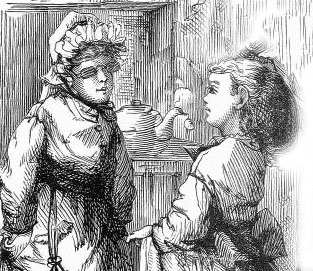
Politeness1 (First-order politeness)
Politeness1 refers to the common notion of the term, that is, the way politeness manifests itself in communicative interaction: politeness-as-practice in everyday interaction. Politeness1 comprises three types of politeness:
Expressive politeness1 refers to politeness encoded in speech reflecting the speakers' polite intentions and may be realized in the use of specific terms of address, honorifics, conventional formulaic expressions (‘thank you', excuse me'), and various linguistic devices, such as those employed to mitigate the direct illocutionary force of a request or to reduce the negative effects of a refusal response, the use of the word ‘please', or the use of the conditional to express politeness in situationally-appropriate contexts.
Classificatory politeness1 refers to politeness as a categorical tool: it encompasses the hearer's judgments of other people's polite or impolite behavior.
Metapragmatic politeness1 refers to how people talk about politeness as a concept in everyday interaction, and what people perceive politeness to be in different interactional practices.
In general, politenes1 has an evaluative character, involves social norms, and covers different aspects of the lay notion of politeness and how politeness is intentionally encoded in language by the speaker in various communicative practices, as well as how politeness is perceived or evaluated by the hearer. Since linguistic politeness represents one aspect of social interaction, it is recognized as first-order politeness, and has been the focus of empirical work mainly carried out in the field of cross-cultural pragmatics (Eelen 2001; Ide 1993).
Perceptions of politeness in the Spanish-speaking world
Here you can listen to various examples of politeness1 (metapragamtic politeness) by speakers of different sociocultural groups and how they conceptualize politeness in their culture. This is an example of variation in politeness perception:
